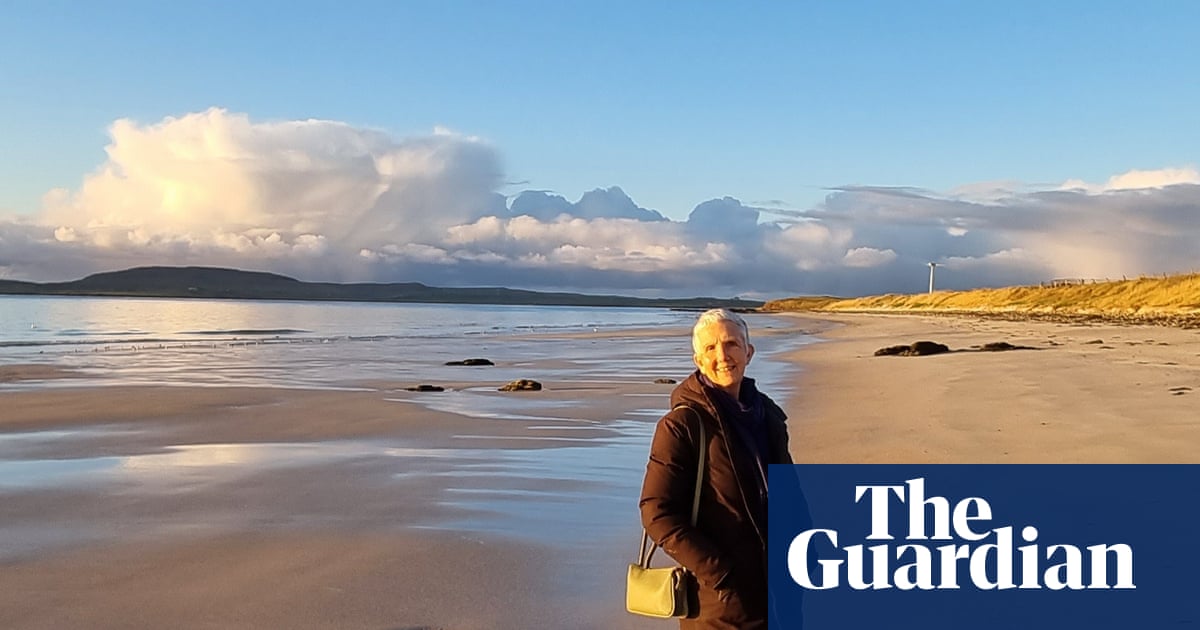
"At that point, I didn't even know where Fair Isle was. I came from Devon and hadn't made it farther north than Durham. Scotland was unknown territory. Of course, Fair Isle is part of the Shetland group and lies halfway between Shetland mainland and Orkney. That summer, I fell in love with the Northern Isles, with the romance of the isolation, the bleak beauty and the stories."
"There was a beautiful cathedral, a street of shops and bars, schools and a hospital. What struck me most, though, were the views. Much of Orkney mainland is low and green, and there are lochs so big that a stranger might think they were looking at the sea. So, there are long vistas from land to water and then land again. And more water. All under a huge sky."
"At that time, Alison was more into partying than history, so I didn't do a lot of sightseeing. We went to a dance at the Harray community hall, and I drank too much. There was little communication with the locals there. I'd become used to a Shetland voice, but an Orkney accent is quite different, lilting, musical, almost Welsh. I missed much of what was said to me."
I dropped out of a university literature course and took a job as assistant cook at the Bird Observatory on Fair Isle after a chance meeting in a Putney pub. Fair Isle lay between Shetland and Orkney and felt remote, with a small population, crofts, sheep and seabirds. I worked with Alison, an Orcadian, who invited me to stay in Kirkwall after my contract ended. After nine months on Fair Isle, Kirkwall felt like civilisation with a cathedral, shops, schools and a hospital. The Orkney mainland offered long land-water vistas, large lochs and a huge sky. Local life included dances, strong accents and limited communication.
Read at www.theguardian.com
Unable to calculate read time
Collection
[
|
...
]